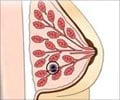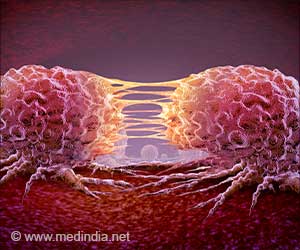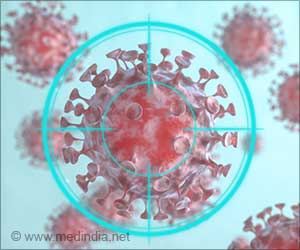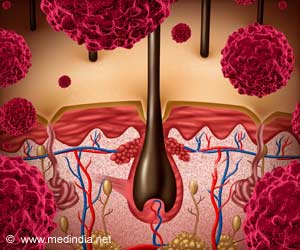
‘New method to thwart a protein that helps the metastatic spread of breast cancer has been discovered.’
Tweet it Now
In Yu's laboratory, postdoc Oihana Iriondo and her colleagues showed that by inhibiting a protein called TAK1, they were able to reduce lung metastases in mice with TNBC. It appears that TAK1 enables malignant cells from the breast to survive in the lungs and form new metastatic tumors. Metastases are the most common cause of cancer-related death.
There's already a potential drug, called 5Z-7-Oxozeaenol or OXO, that can inhibit TAK1--and presumably make it much more difficult for breast cancer cells to form lung metastases. However, OXO is not stable in the blood, and therefore wouldn't work in patients.
"For patients with triple-negative breast cancer, systemic chemotherapies are largely ineffective and highly toxic," Yu said. "So nanoparticles are a promising approach for delivering more targeted treatments, such as OXO, to stop the deadly process of metastasis."
Metastatic breast cancer is also classified as Stage 4 breast cancer once it's spread to other parts of the body, usually the lungs, liver or brain. It reaches these organs by penetrating the circulatory or lymph system and migrating through blood vessels, according to the National Breast Cancer Foundation. Breast cancer is the most common cancer in American women, except for skin cancers, and the average risk of developing breast cancer is 1 in 8 for a woman in the United States, according to the American Cancer Society. About 266,120 new cases of invasive breast cancer are diagnosed in women each year, and about 40,920 women will die from it, the ACS estimates. The USC research is in early-stage development using animal tests. The method the researchers discovered shows promise, but more research will be needed before it could be applied to humans for treatment.
Source-Eurekalert















